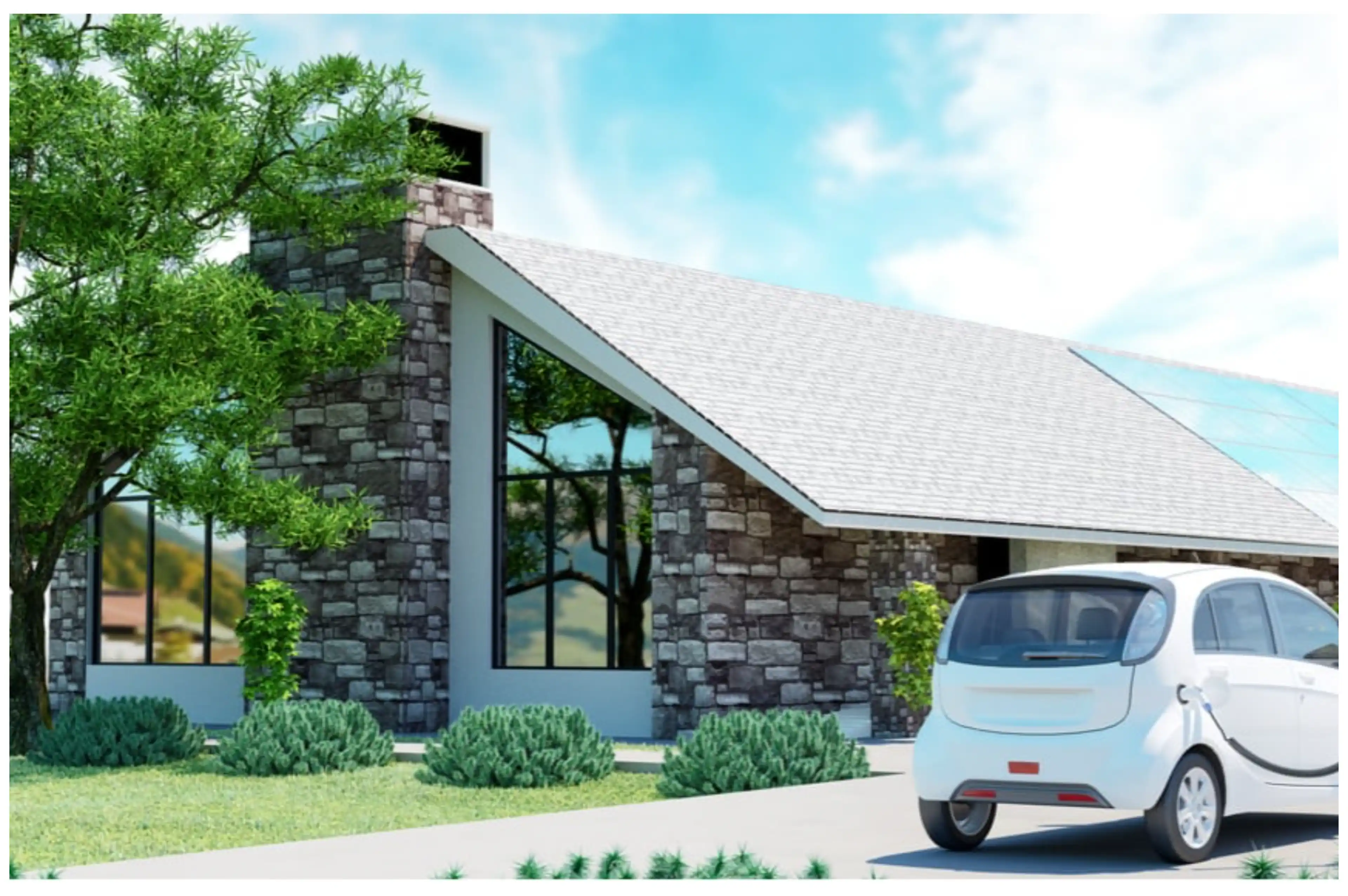Kjell Ivar Tungland
published in
Share
How to charge an electric car at the cabin
We Norwegians love our cabins, and we love our electric cars. With the ever-increasing range and battery capacity of the cars, driving the electric car to the cabin is the preferred option for many. When the electric car is your constant companion on trips to the cabin, there are good reasons to invest in a smart charging box at the holiday home too.
Safety is important when you charge the electric car at the cabin
A proper charging station at the cabin may not be most people’s top priority. As charging at the cabin happens less frequently than charging at home, it is easy to think that charging from a socket (also called a Schuko) is sufficient for cabin use.
If you charge from a socket in the cabin, it is important to take safety seriously. An electric car draws power over a long period of time, which carries a risk of overheating and fire in the electrical system. If the electrical system in the cabin is old, wear faulty connections may increase the risk of fire. Using an extension lead also poses a risk.
Occasional “emergency charging” using a normal socket is almost impossible to avoid. But relying on sockets in places where you charge frequently is not advisable. The Directorate for Civil Protection (DSB) therefore recommends installing a home charging box in places where you charge regularly.
A charging box complies with the regulations for charging electric vehicles and ensures that there is:
A dedicated circuit
The correct insurance
Earth fault protection type B
DC protection
The charging box displays any errors and stops the power supply when the car is fully charged. A Mode 3 charging station provides the best safety. (Mode 3 is a charging box that is screwed to the wall, while Mode 2 is a cable with a charging box attached).
Charge the electric car quicker when you are at the cabin
Another reason to install a charging station at the cabin is that you can charge the electric car faster. When you get to the cabin after a long drive and the battery is almost empty, it will take a long time to achieve sufficient range if you charge from a normal socket.
Remember too that the main fuse in cabins is often smaller than in homes. So the fuse may trip if you run several electrical products at the same time. For example, cooking, turning on heaters and also charging the car will often be more than the fuse in the cabin can handle.
The electrical tension in the grid is expressed in Volts (V). The higher the voltage we have, the more power we can draw, and the shorter the charging time. With a charging station, you can get significantly higher effect than if you charge with a normal socket.
Read more about charging an electric car
Amperes (A) measure the current that goes from the charger to the car. On a 10 A socket, you can get a maximum output of 2.3 kilowatts, which corresponds to 10-15 kilometres of driving per hour you charge. If you increase this to 16 A, it will give you 3.6 kilowatts, or 15-20 kilometres of driving per hour you charge. A charging station at home can take as much as 32 A.
How fast you can charge depends on more factors than just the charging effect. Factors such as the type of car, the capacity of the electrical system and your consumption will also play a role.
Choose a smart charging box when you charge your electric car at the cabin
If you are about to get a charging station at the cabin, it is important to choose the right one. There are basically two types of charging box, simple charging boxes and smart charging boxes. The price difference is small, but the difference in capabilities and possible uses is large.
Smart charging boxes are connected to the internet, supporting services such as charging history, power management and time management. In the future, they could, for example, be modified to charge when electricity is cheapest, or switch on and off according to the load on the electricity grid.
Smart charging boxes can take advantage of the way electricity prices vary through the day. When demand rates, or peak-time charges on the electric grid, are introduced in the near future, you will also pay for the times you put the biggest load on the grid. A smart charging box can manage this for you, so you can charge as economically as possible.
You can control a smart home charger with an app on your smartphone or connect it to a smart home console. You can then start and stop charging according to your own consumption pattern. A home charging station that is connected to the internet enables you to utilise new technology as early as possible.
App for smart charging at the cabin and at home
It is also possible to ‘charge smart’, even if the charging box itself is not smart. Then you just need an app instead. You can find out more in the article How to start smart charging your electric car.
